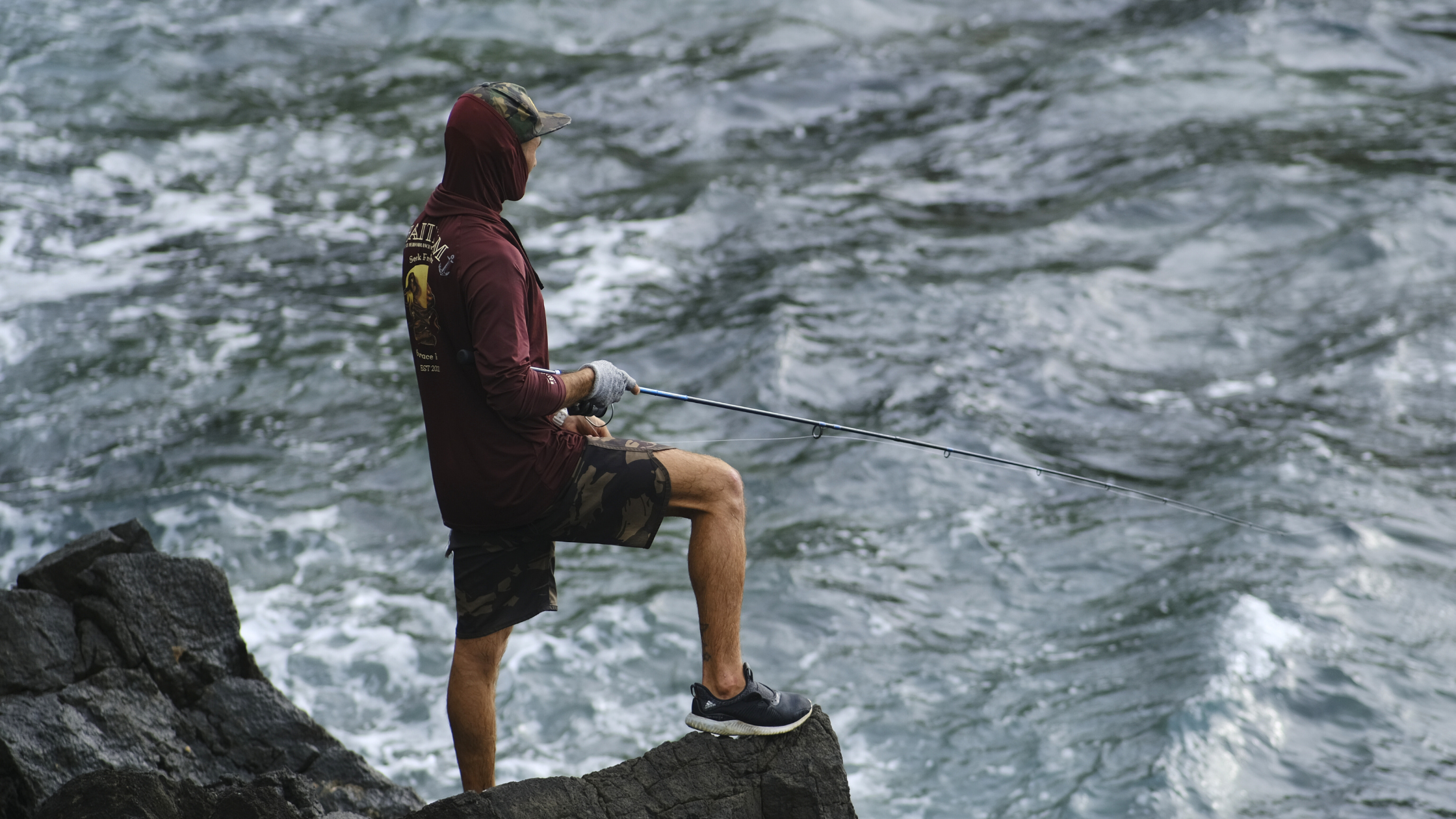Key takeaways
- Fishing transitioned from a basic food-catch method to a billion-dollar industry, with recreational fishing creating 1.7 million jobs in 2020.
- Diverse fishing types like fly, surf, ice, and bait & lure fishing offer unique experiences, each requiring specialized gear and techniques.
- Fly fishing challenges anglers with lightweight artificial flies, demanding finesse for distance casting and “matching the hatch” for success.
- Surf fishing emphasizes reading water conditions, while ice fishing presents a cold-weather challenge, and bait & lure fishing allows depth versatility.
Fishing has a history that goes back tens of thousands of years. Over the time that fishing has been around, it has changed from one of the most basic ways to catch food to a business and hobby worth billions. According to the National Oceanic and Atmospheric Administration, recreational fishing in 2020 was responsible for 1.7 million jobs. Of this number, 595,000 are from recreational fishing alone. Recreational fishing also accounted for $98 billion in sales during the same year, according to the same fisheries economics source.
With its wide appeal and adoption, it's not surprising that people have come up with a lot of different ways to catch fish, each with their own specialized gear, techniques, target species, and best practices.
In this article, we'll hone in on some of the most common fishing types that you might want to try if you want to be a part of the enduring tradition of fishing. From fly fishing, surf fishing, ice fishing, to the classic bait and lure fishing, we've got plenty to cover.
Table of Contents
Fly fishing
Fly fishing uses artificial flies, which are lightweight lures made to look like insects at different stages of development, to attract fish. These lures are crafted with a wide range of materials, from feathers to hair to beads in a method called fly tying.
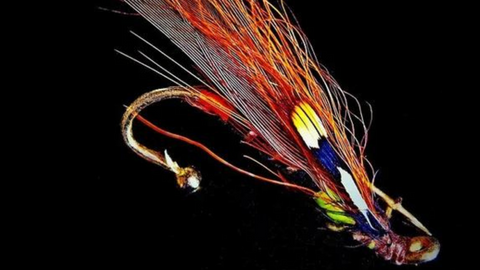
Artificial flies are often paired with gear especially designed for fly fishing, such as a fly fishing rod, fly fishing reel, fly line, fly tippets, fly tying hooks, and fly leaders.
Among the different angling methods, fly fishing is believed to be one of the more challenging ones.
For starters, anglers need to have a certain amount of finesse because artificial flies are so incredibly lightweight. This makes it hard to make a distance cast, as compared to when there is more weight on the other end of the line.
In fly fishing, presentation is crucial. The goal is to trick the fish into thinking that the artificial fly isn’t attached to anything, which makes fly leaders and tippets essential.
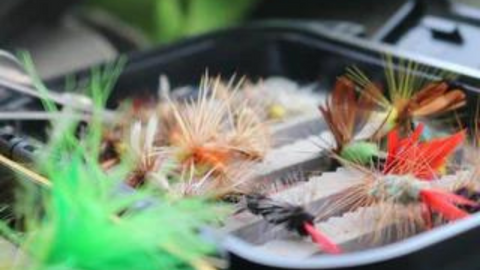
Then there’s the question of choosing a fly. To be successful in fly fishing, it’s essential to match the hatch, that is, mimic the insects the fish are feasting on.
It’s often recommended that before you even cast, you scan the area for bugs, or at least ask people at the local bait shop about what critters are abundant in the water. Remember that insects have different stages of development as well, and flies try to imitate not just the species, but specifically what the species looks like in these different stages.
There are various species of freshwater fish that you can catch while fly fishing, such as:
- trout
- salmon
- carp
- grayling
- bass
- pike
- panfish
- carp
- bream
- chub
- rudd
In saltwater, you have the opportunity to catch the following species:
- redfish
- snook
- tarpon
- bonefish
- sailfish
- blue marlin
Surf fishing
Surf fishing involves fishing from the beach or shoreline. Often, the is much larger and more powerful than freshwater rods to allow you to cast farther and with heavier bait. It should also be protected from the salt in the water, which eats away at the metal components of fishing gear.
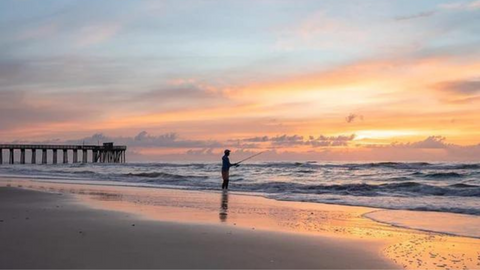
Surf fishing doesn’t require the use of a boat, as you’d be literally standing on the beach as you throw your line. It helps, however, to learn to read the water. Indeed, a crucial part of surf fishing involves observing the waves, tides, and current, as well as the wind and weather conditions to optimize your chances of catching our finned friends.
Even the behavior of birds that feed on gamefish or the behavior of the crustaceans that fish eat can give important clues as to where the fish are. Troughs, jetties, inlets, and points are some of the areas where you can surf fish, so it’s good to know how to identify these, too.
Surf fishers commonly go after the following fish:
- striped bass
- bluefish
- flounder
- red drum or redfish
- pompano
- whiting
- California halibut
Ice fishing
Ice fishing is one of the more interesting fishing experiences you can have as an angler. Ice fishing presents its own set of challenges, not least of which being having to bundle up enough to brave the cold, drill the perfect ice hole with an ice auger, all while waiting for the fish to bite, at a time when fish normally move particularly slowly to bite.
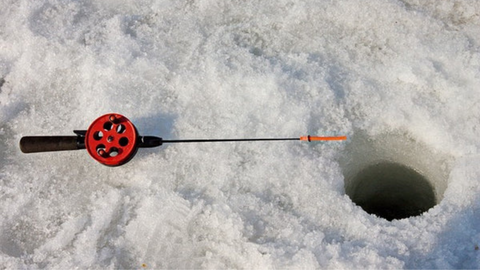
You also have the unique concern of making sure the ice is thick enough, and thus safe enough, for ice fishing.
To get the most out of your ice fishing, you may want to have specialized gear. Rods made for ice fishing, for one, are much shorter than the typical ones you’d use on a lake or in the ocean. They’re often made of materials that remain durable and flexible in freezing temperatures.
Some anglers even skip the rod and reel altogether in favor of the tip-up, a setup attached to several baited lines below the ice, with a flag acting as a kind of bite indicator.
Some fish you can target while ice fishing are:
Bait and lure fishing
We can’t forget the more common types of fishing, of course, which use bait or lures. In a nutshell, you cast your bait or lure, pull it through the water, and then retrieve it. As the lure or bait is brought closer, it makes a moving and vibrating noise. You can adjust how slowly or quickly you reel in your lure to make it look more like a fish swimming.
We’ve talked about using bait and lures before, including their pros and cons, but for this article, it’s worth knowing that you can use these to get bites at different depths.
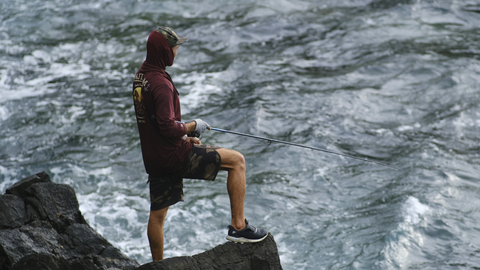
If you want to fish around the water surface, for example, you can present your bait or lure with a float or bobber. The floating device not only keeps your bait or lure from sinking, but also acts as a bite indicator, letting you see exactly when a fish has taken it.
On the other hand, if you want to fish the bottom of the water, you can opt for a rig with a sinker. Or you can draw your presentation up and down the water in a jigging motion to cover different parts of the water column.
Looking for a fishing shirt for your next angling adventure? Check out these bestsellers!
Which fishing type is best?
Overall, each method has its own merits, but only you can decide which one works best for you. Aside from knowing what methods are available, it helps to learn more about the most common types of fish in the area, what types of lures or bait work best for them, and which fishing areas are good bets based on season, water conditions, and time of day to increase your chances of fishing success. Don't forget to wear UV-protectant fishing clothes, and stay safe while fishing!
MOST READ NEWS:
How To Use Your Fishing Records to Catch More Fish
Track your fishing trips, analyze patterns, and refine your techniques with a fishing log to catch more fish on every outing!
Solo Fishing Safety Tips: Stay Safe and Enjoy the Outdoors
Learn essential solo fishing safety tips: gear checklist, boat safety, emergency preparedness, weather monitoring & fishing location scouting. Stay safe on the water.
Secrets to Winter Fly Fishing Success
Master winter fly fishing with expert tips on trout behavior, essential gear, and proven techniques. Learn the secrets to catching more fish in cold weather.
How Cold Water Changes Fish Behavior: Insights for Anglers
Explore how cold water affects fish behavior and fishing techniques, enhancing your angling success and strategy.
Is Tech Making Fishing Too Easy? Exploring Forward-Facing Sonar (FFS)
Learn about forward facing sonar in fishing - what it is, how it works, rules for tournaments, ethics, and tips for finding fish with this game-changing technology.
Plan Your Best Fishing Trip Yet this 2025: A Complete Guide
Plan your fishing trip this off-season. Learn to choose destinations, prep gear, pick bait, and trust Baitium for expert tools and tips!
15 Fishing Resolutions for 2025: Set Yourself Up for Success
Discover 15 essential fishing resolutions for 2025: tackle organization, gear maintenance, angling techniques, conservation tips, tournament prep, and fishing safety guidelines.

